What Will a Peace Movement Look Like Under Trump’s Second Presidency?
An all-hands-on-deck approach to the coming world of Donald Trump and crew is distinctly in order.
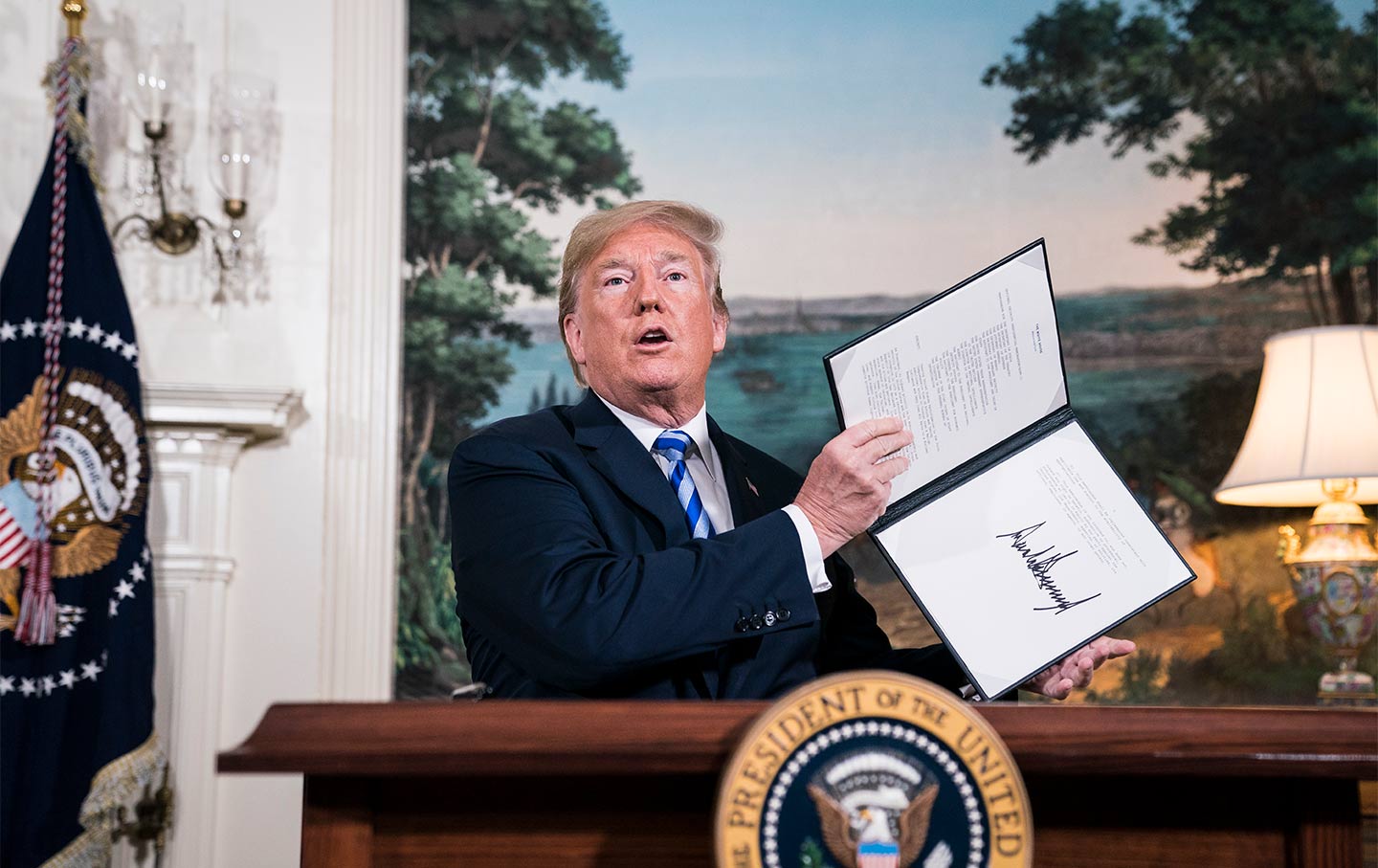
President Donald Trump announces his withdrawal of the United States from the Iran nuclear deal on May 8, 2018.
(Jabin Botsford / The Washington Post, via Getty Images)
This article originally appeared at TomDispatch.com. To stay on top of important articles like these, sign up to receive the latest updates from TomDispatch.com.
When the election results came in on November 5, I felt a pain in the pit of my stomach, similar to what I experienced when Ronald Reagan rode to power in 1980, or with George W. Bush’s tainted victory over Al Gore in 2000. After some grieving, the first question that came to my mind was: What will a Trump presidency mean for the movements for peace and social justice? I offer what follows as just one person’s view, knowing that a genuine strategy for coping in this new era will have to be a distinctly collective process.
As a start, history offers some inspiration. On issues of war and peace, the trajectory of the Reagan administration suggests how surprising hope can prove to be. The man who joked that “we begin bombing [Russia] in five minutes,” and hired a Pentagon official who told journalist Robert Scheer that America would survive a nuclear war if it had “enough shovels” to build makeshift shelters, ended up claiming that “a nuclear war cannot be won and must never be fought.” He even came tantalizingly close to an agreement with Soviet leader Mikhail Gorbachev to abolish nuclear weapons altogether.
To his credit, Reagan developed a visceral opposition to such weaponry, while his wife, Nancy, urged him to reduce nuclear weapons as a way to burnish his legacy. A Washington Post account of her role noted that “[s]he made no secret of her dream that a man once branded as a cowboy and a jingoist might even win the Nobel Peace Prize.” Such personal factors did come into play, but the primary driver of Reagan’s change of heart was the same thing that undergirds so many significant changes in public policy—dedicated organizing and public pressure.
Reagan’s presidency coincided with the rise of the largest, most mainstream anti-nuclear movement in American history, the nuclear freeze campaign.
Along the way, in June 1982, one million people rallied for disarmament in New York’s Central Park. And that movement had an impact. As Reagan National Security Advisor Robert MacFarlane pointed out at the time, “We took it [the freeze campaign] as a serious movement that could undermine congressional support for the [nuclear] modernization program, and potentially… a serious partisan political threat that could affect the election in ’84.”
Reagan’s response was twofold. He proposed a technical solution, pledging to build an impenetrable shield against incoming missiles called the Strategic Defense Initiative (more popularly known as the Star Wars program). That impenetrable shield never came to be, but the quest to develop it deposited tens of billions of dollars in the coffers of major weapons contractors like Lockheed and Raytheon.
The second prong of Reagan’s response was a series of nuclear arms control proposals, welcomed by reformist Soviet leader Mikhail Gorbachev, including a discussion of the possibility of eliminating the two sides’ nuclear arsenals altogether. The idea of abolishing nuclear weapons didn’t come to fruition, but the Reagan administration and its successor, that of George H.W. Bush, did at least end up implementing substantial cuts to the American nuclear arsenal.
So, in a few short years, Reagan, the nuclear hawk, was transformed into Reagan, the arms-control-supporter, largely due to concerted public pressure. All of which goes to show that organizing does matter and that, given enough political will and public engagement, dark times can be turned around.
Trump at Peace (and War)
Donald Trump is nothing if not a top-flight marketeer—a walking, talking brand. And his brand is as a tough guy and a deal maker, even if the only time he’s truly lived up to that image was as an imaginary businessman on television.
But because Trump, lacking a fixed ideology—unless you count narcissism—is largely transactional, his positions on war and peace remain remarkably unpredictable. His first run for office was marked by his relentless criticism of the 2003 invasion of Iraq, a rhetorical weapon he deployed with great skill against both Jeb Bush and Hillary Clinton. That he failed to oppose the war when it mattered—during the conflict—didn’t change the fact that many of his supporters thought of him as the anti-interventionist candidate.
To his credit, Trump didn’t add any major boots-on-the-ground conflicts to the conflicts he inherited. But he did serious damage as an arms dealer, staunchly supporting Saudi Arabia’s brutal war in Yemen, even after that regime murdered US resident and Saudi journalist Jamal Khashoggi. In a statement after the murder, Trump bluntly said that he didn’t want to cut off arms to the Saudi regime because it would take business away from “Boeing, Lockheed Martin, Raytheon, and many other great US defense contractors.”
Trump also did great damage to the architecture of international arms control by withdrawing from a treaty with Russia on intermediate-range nuclear forces and the Iran nuclear deal, known formally as the Joint Comprehensive Plan of Action. If those agreements were still in place, the risks posed by the current conflicts in Ukraine and the Middle East would be lower, and they might have served as building blocks in efforts to step back from such conflicts and return to a world of greater cooperation.
But there is another side to Trump, too. There’s the figure who periodically trashes the big weapons makers and their allies as greedy predators trying to line their own pockets at taxpayer expense. For example, in a September speech in Wisconsin, after a long rant about how he was being unfairly treated by the legal system, Trump announced that “I will expel warmongers. We have these people, they want to go to war all the time. You know why? Missiles are $2 million apiece. That’s why. They love to drop missiles all over the place.” And then he added, referring to his previous presidency, “I had no wars.” If past practice is any indication, Trump will not follow through on such a pledge. But the fact that he felt compelled to say it is at least instructive. There is clearly a portion of Trump’s base that’s tired of endless wars and skeptical of the machinations of the nation’s major defense contractors.
Trump has also said that he will end the war in Ukraine on day one. If so, it may be the peace of the graveyard, in the sense that he’ll cut off all US support for Ukraine and let Russia roll over them. But his support for peace in Ukraine, if one can call it that, is not replicated in his other strategic views, which include a confrontational stance towards China, a pledge to further militarize the US-Mexican border, and a call for Benjamin Netanyahu to “finish the job” in Gaza.
The last thing to consider in assessing what Trump’s military policies might look like is his administration’s close association with the most unhinged representatives of Silicon Valley’s military tech surge. For instance, Peter Thiel, founder of the emerging military tech firm Palantir, gave JD Vance, Trump’s vice president, a job at one of his companies and later donated large sums to his successful run for the Senate from Ohio. The new-age militarists of Silicon Valley loudly applauded the choice of Vance, whom they see as their man in the White House.
All of this adds up to what might be thought of as the Trump conundrum when it comes to war and peace and, to deal with it, a peace movement is truly needed.
Peace Resistance
For any peace movement, figuring out how to approach Trump will be like shadow boxing—trying to imagine what position he’s likely to take next.
The biggest problem in working for peace under a Trump presidency may involve whether groups are even allowed to organize without facing systematic government repression. After all, in the past, Trump has labeled his opponents with the Hitlerian-style insult “vermin” and threatened to jail any number of those he’s designated as his enemies.
Of course, the first job of any future peace movement (which would have applied as well had the Democrats taken the White House) will simply be to grow into a viable political force in such a difficult political climate.
The best way forward would undoubtedly be to knit together a coalition of organizations already opposing some aspect of American militarism—from the Gaza ceasefire movement and antinuclear groups to unions seeking to reduce the roles their members play in arms production, progressive veterans, big-tent organizations like the Poor People’s Campaign, groups opposed to the militarization of the Mexican border, organizations against the further militarization of the police, and climate activists concerned with the Pentagon’s striking role in pouring greenhouse gasses into our atmosphere. A coordinated effort by such movements could generate real political clout, even if it didn’t involve forming a new mega-organization. Rather, it could be a flexible, resilient network capable of focusing its power on issues of mutual concern at key moments. Such a network would, however, require a deeper kind of relationship-building among individuals and organizations than currently exists, based on truly listening to one another’s perspectives and respecting differences on what end state we’re ultimately aiming for.
Popular
“swipe left below to view more authors”Swipe →Even as peace and justice organizations paint a picture of what a better world might look like, they may be able to win some short-term reforms, including some that could even garner bipartisan mainstream support. One thing that the American roles in the ongoing wars in Ukraine and Gaza and plans to arm up for a potential conflict with China have demonstrated is that the American system for developing and purchasing weapons is, at the very least, broken. The weapons are far too costly, take too long to produce, are too complex to maintain, and are often so loaded with unnecessary bells and whistles that they never work as advertised.
A revival of something along the lines of the bipartisan military reform caucus of the 1980s, a group that included powerful Republicans like former Georgia representative Newt Gingrich, is in order. The goal would be to produce cheaper, simpler weapons that can be turned out quickly and maintained effectively. Add to that the kinds of measures for curbing price gouging, holding contractors responsible for cost overruns, and preventing arms makers from bidding up their own stock prices (as advocated relentlessly by Senator Elizabeth Warren), and a left-right coalition might be conceivable even in today’s bitterly divided Congress and the Trump era.
After all, the most hawkish of hawks shouldn’t be in favor of wasting increasingly scarce tax dollars on weapons of little value to troops in the field. And even the Pentagon has tired of the practice of letting the military services submit “wish lists” to Congress for items that didn’t make it into the department’s official budget submission. Such measures, of course, would hardly end war in our time, but they could start a necessary process of reducing the increasingly unchecked power of the Lockheed Martins and Raytheons of our world.
There are also issues that impact all progressive movements like voter suppression, money in politics, political corruption, crackdowns on free speech and the right of political assembly, and so much more that will have to be addressed for groups to work on virtually any issue of importance. So, an all-hands-on-deck approach to the coming world of Donald Trump and crew is distinctly in order.
An invigorated network for peace, justice, and human rights writ large will also need a new approach to leadership. Old-guard, largely white leaders (like me) need to make room for and elevate voices that have either been vilified or ignored in mainstream discourse all these years. Groups fighting on the front lines against oppression have already faced and survived the kinds of crackdowns that some of us fear but have yet to experience ourselves. Their knowledge will be crucial going forward. In addition, in keeping with the old adage that one should work locally but think globally, it will be important to honor and support local organizing. Groups like the Poor People’s Campaign and the progressive feminist outfit Madre have been working along such lines and can offer crucial lessons in how to link strategies of basic survival with demands for fundamental change.
Last, but not least, while such organizing activities will undoubtedly involve real risks, there must be joy in the struggle, too. I’m reminded of civil rights activists singing freedom songs in jail. My favorite of that era isn’t “We Shall Overcome”—although overcome we must—but “Ain’t Gonna Let Nobody Turn Me Round,” which includes the lyric “gonna keep on walkin’, keep on talkin’, gonna build a brand-new world.” That may seem like a distant dream in the wake of the recent elections, but it’s all the more necessary because of that.
Victory is by no means assured, but what alternative do we have other than to continue to fight for a better, more just world? To do so will call for a broad-based, courageous, creative, and committed movement of the kind that has achieved other great transformations in American history, from securing the end of slavery to a woman’s right to vote to beginning the process of giving LGBTQ people full citizenship rights.
Time is short, when it comes to the state of this planet and war, but success is still possible if we act with what Martin Luther King Jr., once called “the fierce urgency of now.”
More from The Nation
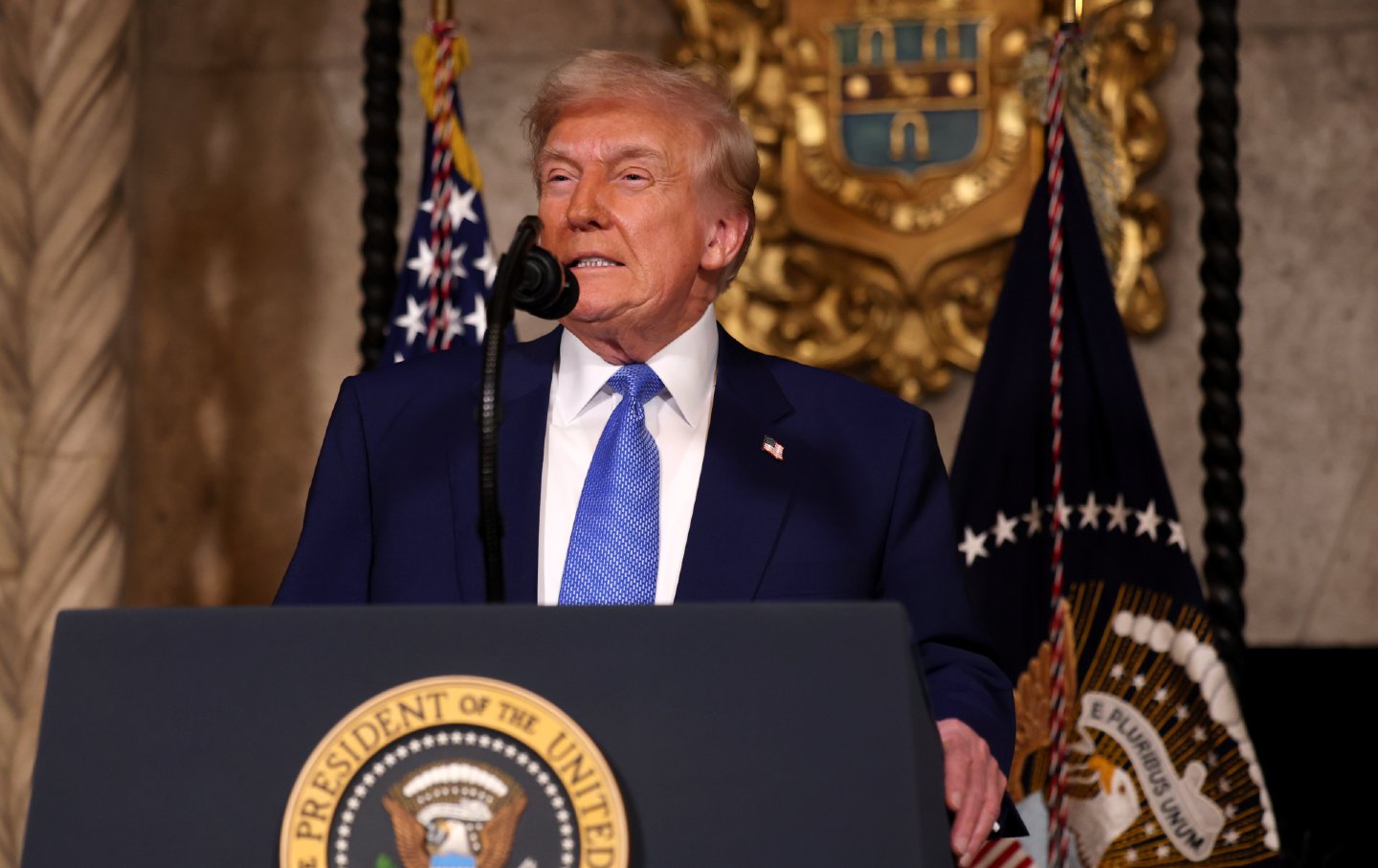
This Executive Order Reveals the Trump-Musk Endgame This Executive Order Reveals the Trump-Musk Endgame
A recent order aimed at destroying independent regulatory agencies isn’t just about taking control of the state—it’s a giant cash-grab in disguise.
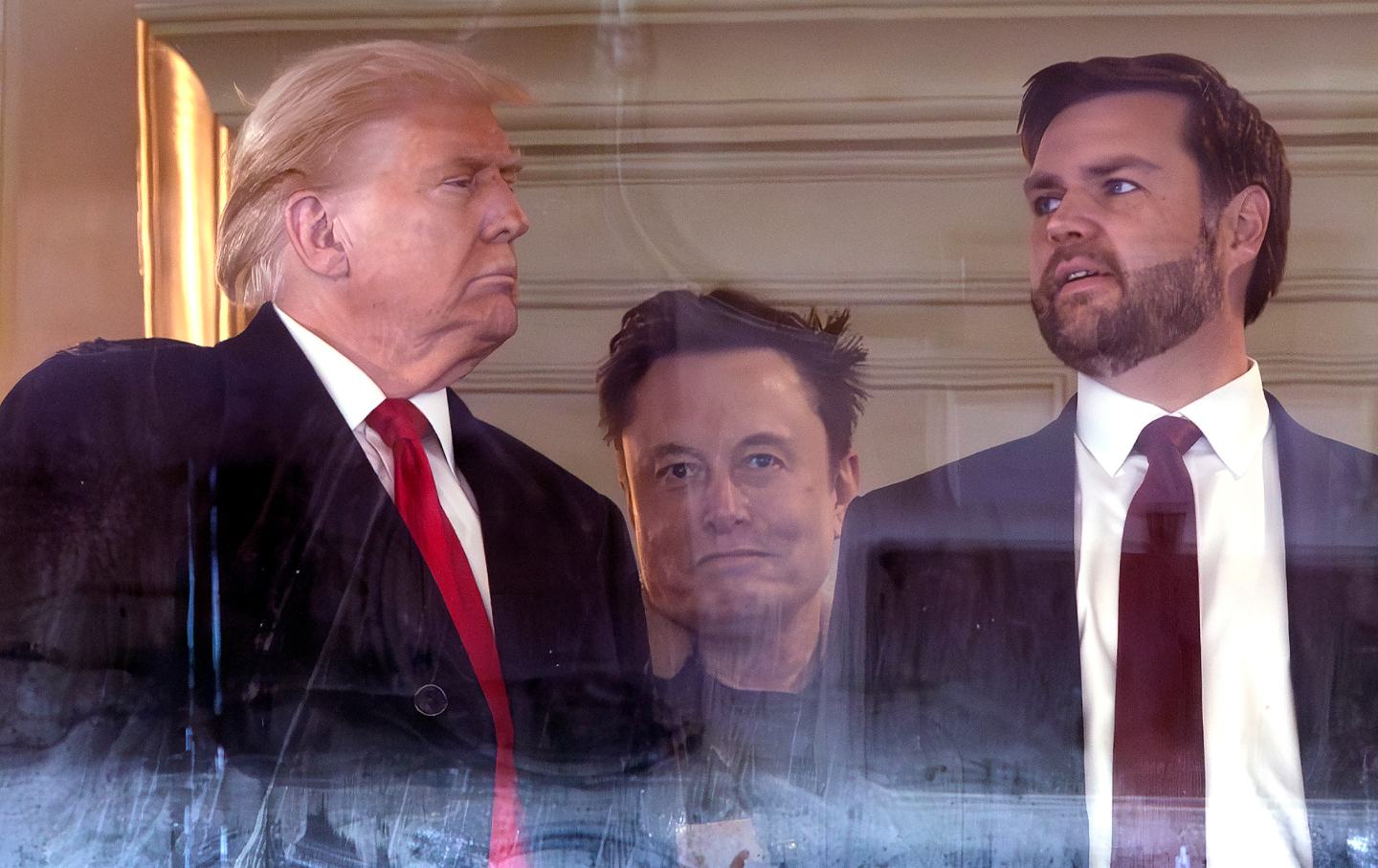
Trump’s Plan Is to Flood the Zone With Garbage Trump’s Plan Is to Flood the Zone With Garbage
All if it is meant to disorient and overwhelm us. The question is: How are we to navigate all that excrement?
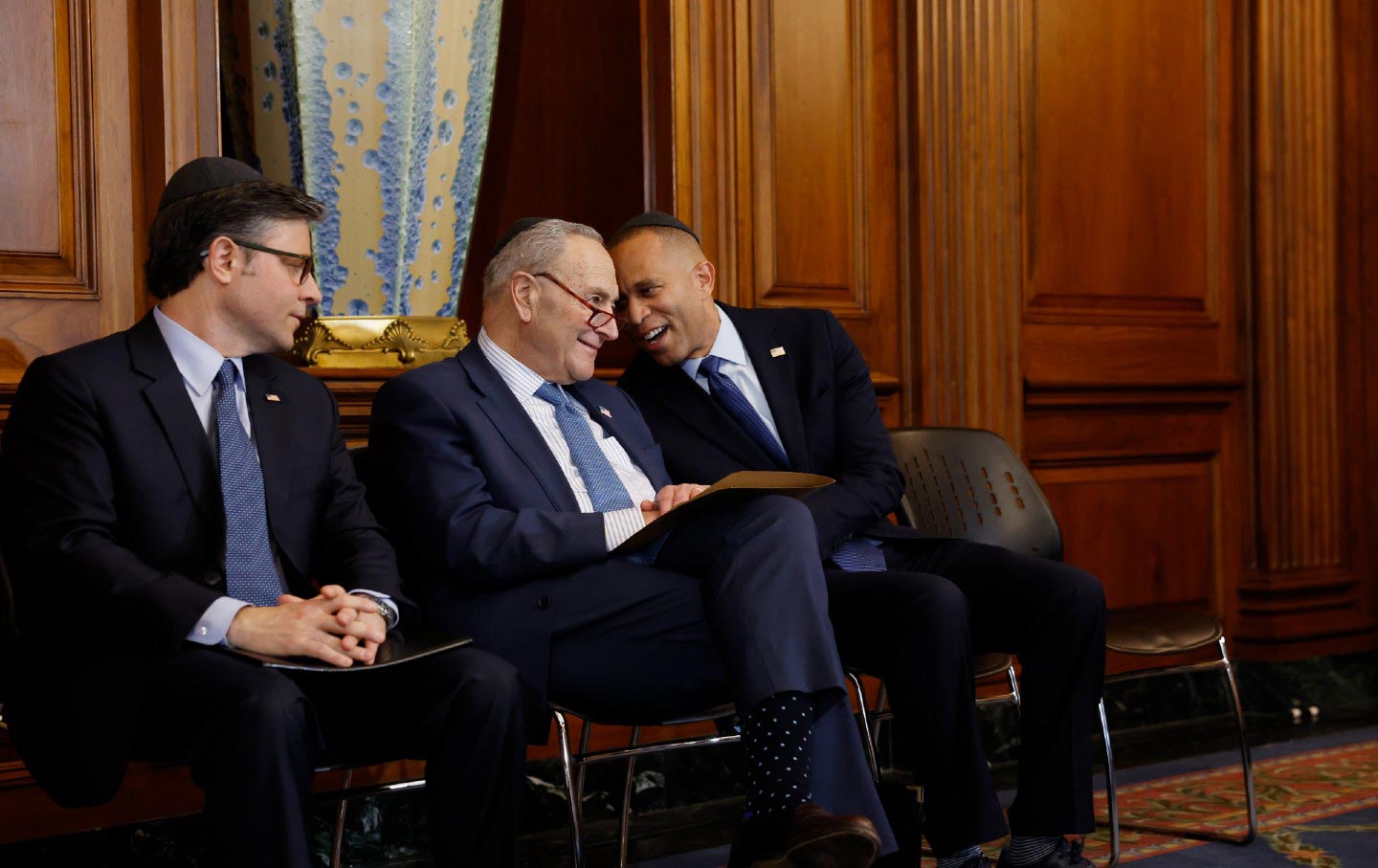
Trump Is Unpopular—and So Are the Do-Nothing Democrats Trump Is Unpopular—and So Are the Do-Nothing Democrats
The president is increasingly hated, but so is an opposition party that fails to oppose.
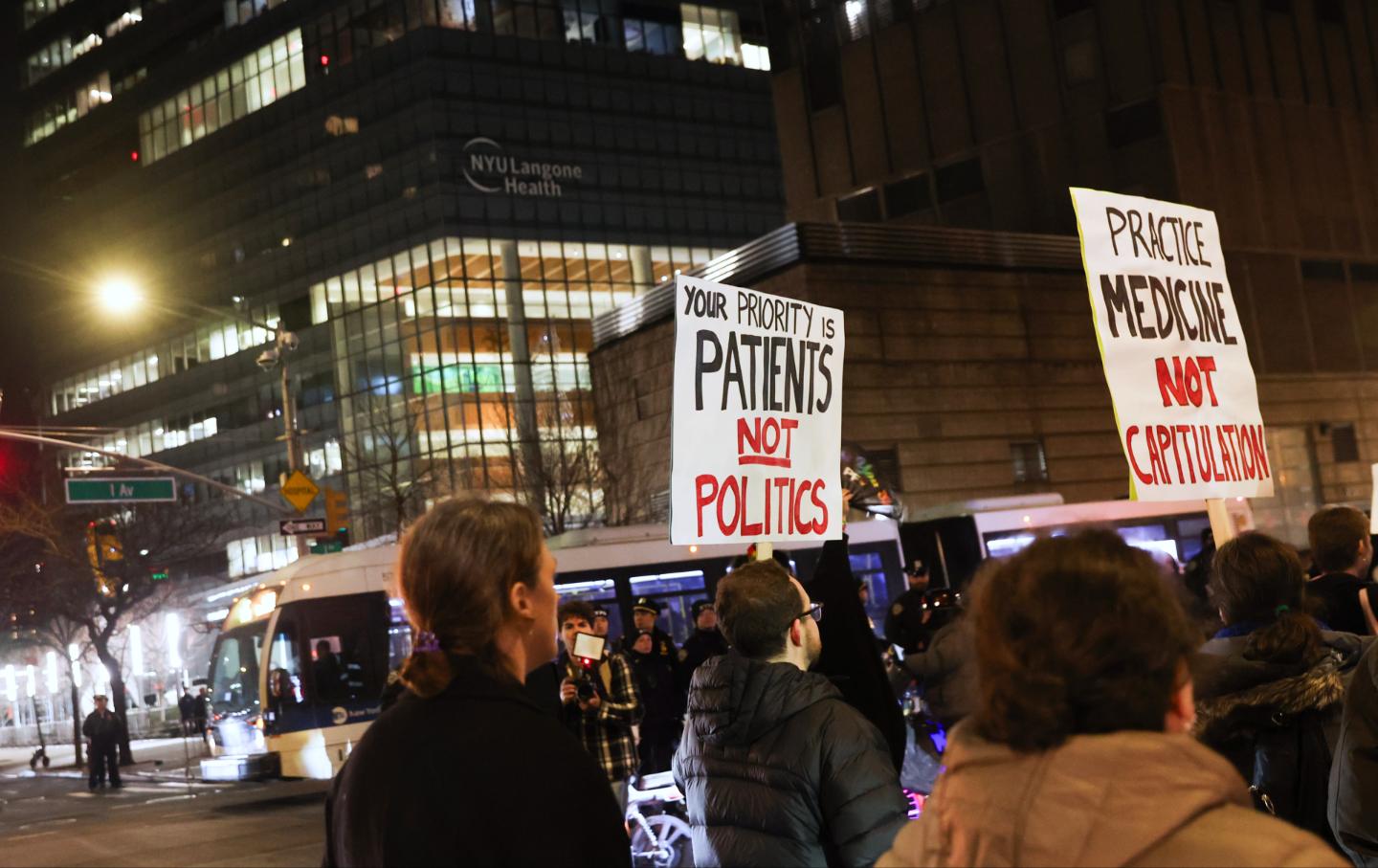
“We’re Living Through Hell”: What Trump’s Anti-Trans War Really Means “We’re Living Through Hell”: What Trump’s Anti-Trans War Really Means
When hospitals suddenly stop treatment for trans patients, real people are harmed immediately. “I was sent links to suicide hotlines instead of a prescription,” one person told us...
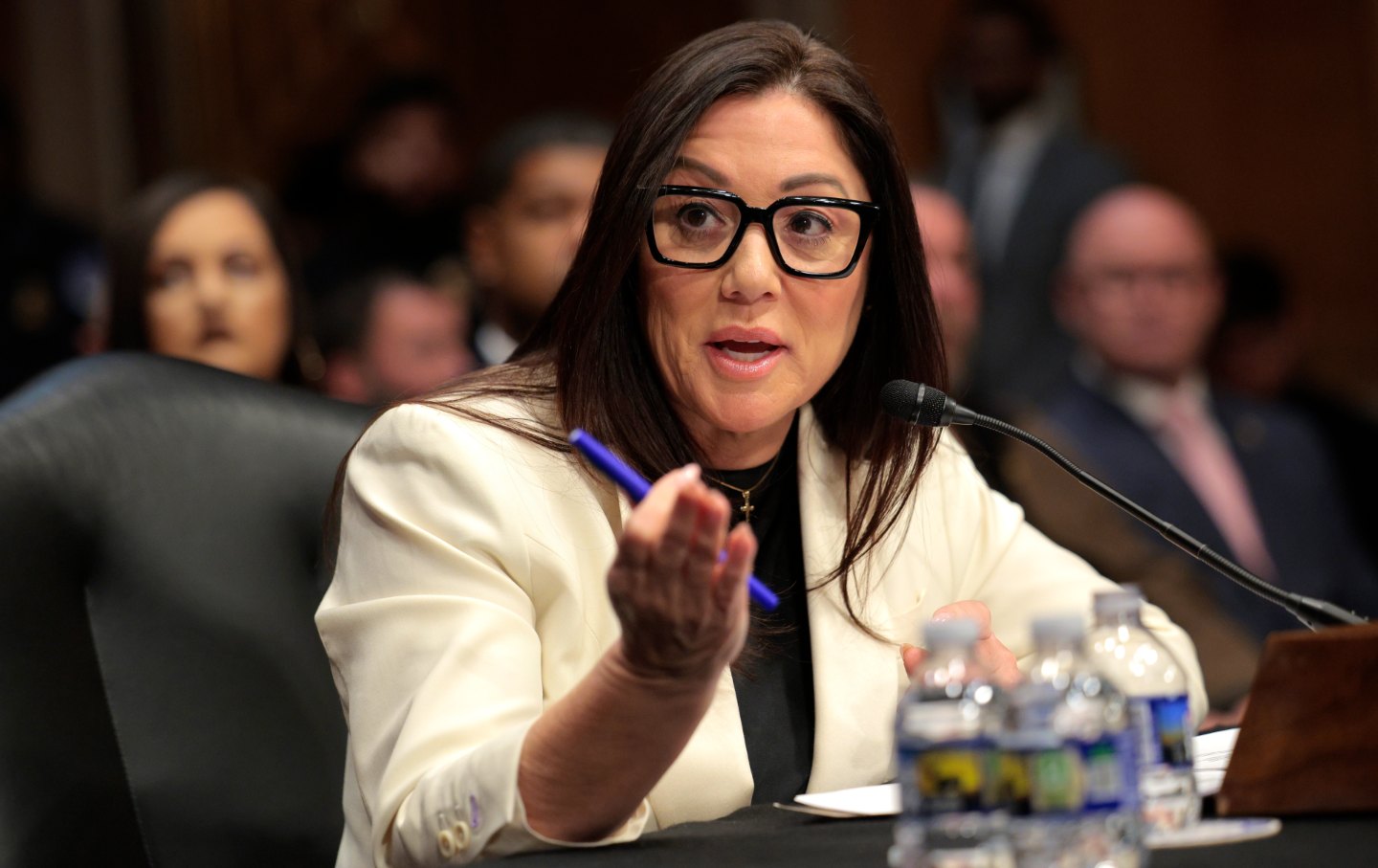
Trump’s Labor Secretary Pick Turns Out to Be Super Anti-Labor Trump’s Labor Secretary Pick Turns Out to Be Super Anti-Labor
Surprise, surprise: Former representative Lori Chavez-DeRemer supports anti-union “right to work” laws and rejects a national minimum-wage hike.



